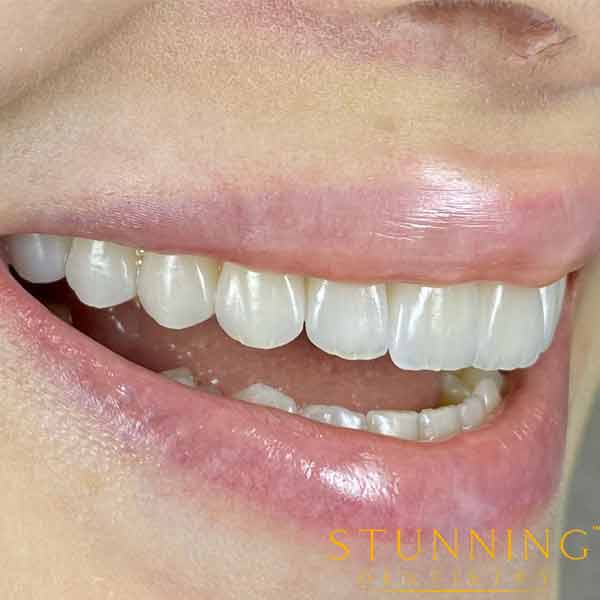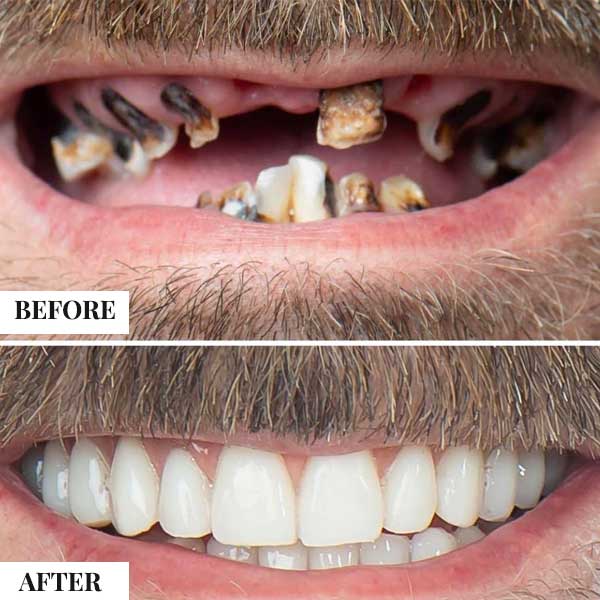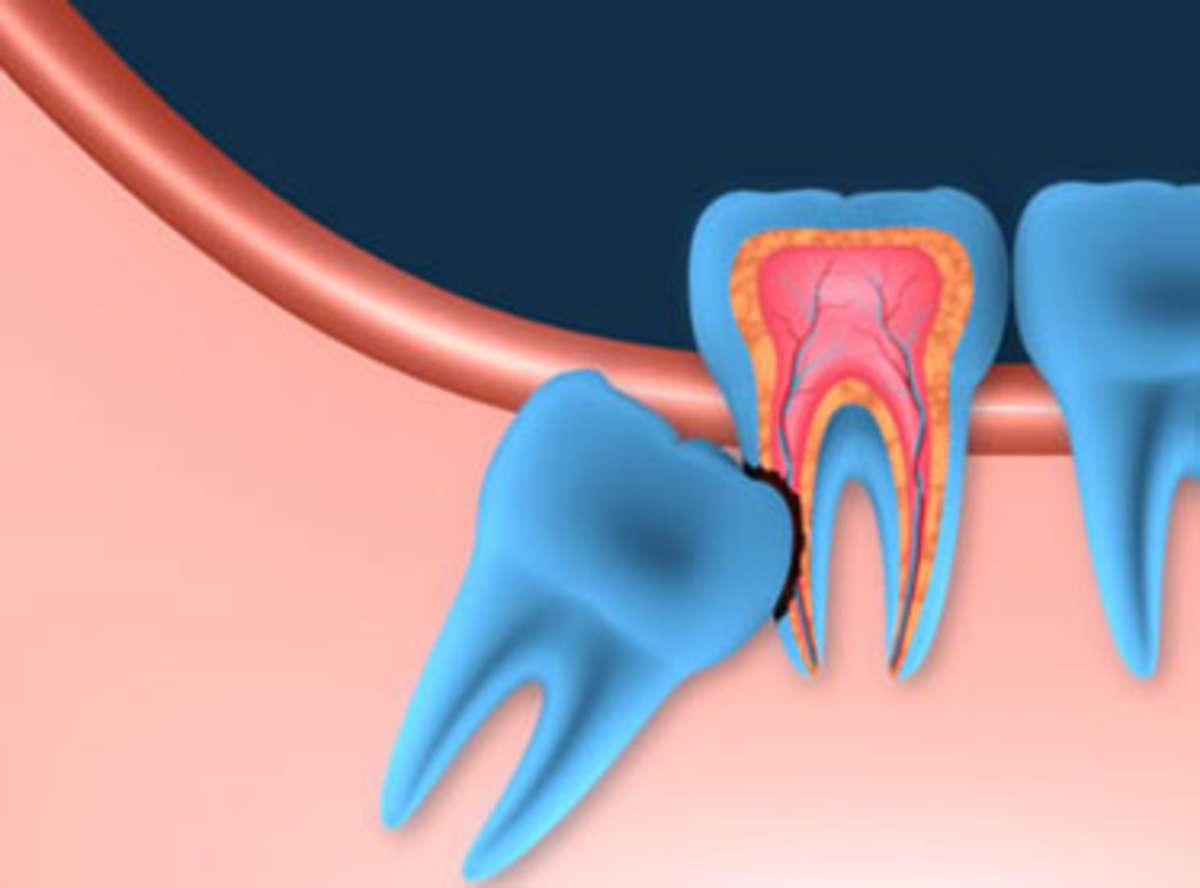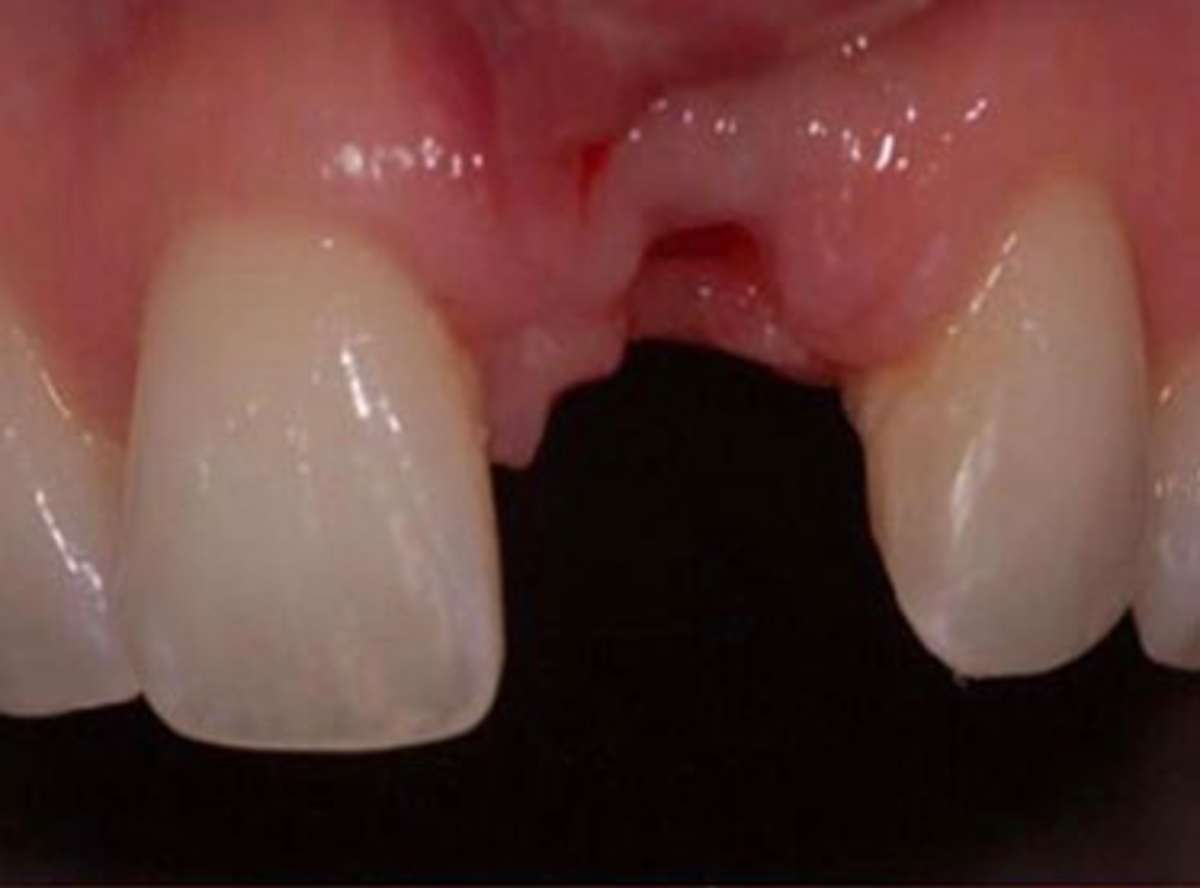Dental Veneers are one of the most sought-after cosmetic dental procedures. After all, they can truly transform one’s smile and appearance. Notwithstanding these superior results, veneers are not a suitable choice for every seeker of esthetic smile and one such category is people with Bruxism or nighttime grinding. The combination has turned out to be a big no as bruxism can wear down the porcelain veneers leading to a treatment failure. Therefore before you fix that veneer appointment know more about the relation between them below.

What is Tooth Grinding?
In this condition, a person would unconsciously clench, grind or gnash their teeth when they are either awake or asleep. This condition can have psychological or behavioural associations along with issues such as anxiety and insomnia. These grinding causes wear of both natural and porcelain teeth, producing fractured, worn or blunt edges. Effects of clenching will also be evident on facial muscles, tissue or other structures around the jaws leading to TMJ disorders, jaw stiffness, sore gums, sensitive or loose teeth or the more evident jaw popping/clicking.
Causes of Tooth Grinding
Although the exact cause cannot be pointed out, the medical community links tooth grinding with psychological, genetic or some physical factors. Some probable causes are:
• Stress or anxiety
• Anger issues
• Insomnia
• Improper alignment of teeth
• Some medical conditions
What are Porcelain Veneers?
Veneers are thin-shelled, custom–fabricated dental restorations that are made from the highest-quality porcelain and are used to cover the front surface of teeth to alter their shape, size, shade or colour. Veneers can create a sparkling smile and transform your discoloured, chipped or misaligned teeth in the most natural-looking way. They can cover up a variety of dental concerns such as:
• Broken, cracked or chipped tooth
• Stained and discoloured teeth
• Irregularly aligned or shaped teeth
• Gaps between teeth
• Sensitive teeth
Dental Examination before Veneer Planning
Teeth Grinding is a condition that should be addressed before any Veneering treatment can be initiated to ensure that your investment in veneers and the bright smile lasts lifelong. This involves:
• Examination of every tooth in detail to ensure that they are sound enough to receive porcelain.
• If any teeth are found to be damaged by night grinding they are restored before use of Veneers.
• Examination of your Temporomandibular Joint, to rule out any jaw movement discrepancies.
• Prescribing exercises to restore the TMJ to its complete functional state or to relieve the pain.
• Fabricating a custom-made mouthguard to prevent any further damage to your brand new Veneers or your existing teeth.
The Breakdown: Are Veneers the suitable treatment for individuals with bruxism?
The bottom-line remains that although porcelain veneers promise high durability and strength, chronic teeth grinding will affect the results and damage those porcelains. Before jumping onto the porcelain treatment one must discuss the issue with their cosmetic dentist in advance.
Depending upon the extent of damage and severity of the condition your dentist may suggest alternatives like full-coverage crowns that ensures the same translucency and functionality as any veneer. However, in this age and time of advanced technology, your case may be suitable for high-strength porcelain that will help you achieve the same results that you desire. Conclusively, consult your dentist to know if porcelain veneers are the most suitable solution for enhancing your smile.
















